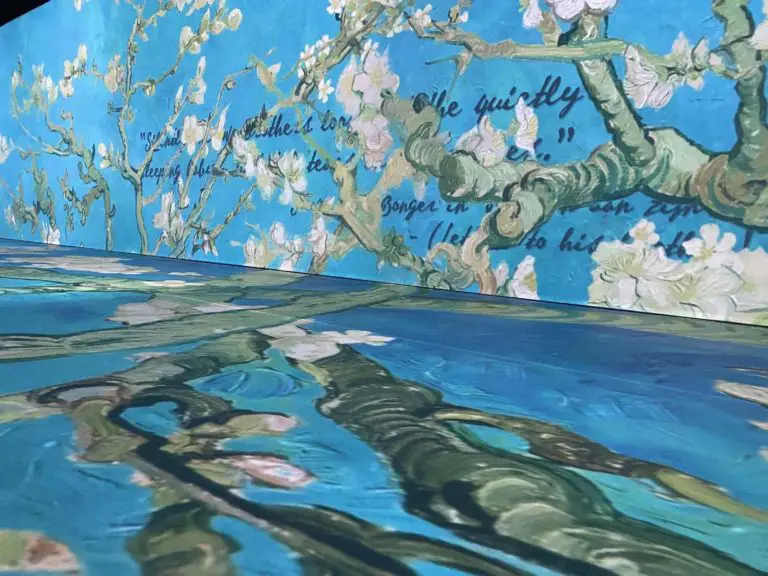Ross Tipograph is a man who needs little introduction. A strong force behind the propelled momentum of immersive theater into the mainstream zeitgeist, Tipograph has been producing his own experiences as well as large-scale brand activations with heart since 2013. From Clueless and Bill & Ted with Adobe to Carnival Row, The Expanse, and The Boys with Amazon Prime at San Diego Comic-Con, Ross has proved he knows immersive theater – and marketing. Forbes recognized this too, naming him one of Forbes‘ 30 Under 30 for his work in NYC immersive theater and as a writer, director, and producer for experiential marketing brand activations.
Become Immersed was lucky enough to get the first interview with Tipograph post-Forbes. So if you’re interested in his past, the immersive theater he’s worked on, or his path from immersive creator to brand activation leader, it’s all in the interview. Oh – and there may be a tease for the future of 8Players in there as well.

With a rich background in film, television, theater, and large-scale activations, can you tell us a brief overview of who you are and describe some of these projects?
Taylor, firstly, seriously, thank you for everything you do. Haunting as well as No Proscenium are the #1 resources for me in discovering new theater experiences and new creators. Seriously, I’ve found great new friends by reading sites like yours and meeting them in person so it’s major to be here. Your research helps my career! I devour immersive news daily. Now, who am I? I’m Ross Tipograph: a human and now a 2020 Forbes‘ 30 Under 30 writer, producer, director of original immersive theater since 2013; of IP-based experiential marketing activations for brands, agencies, and film studios; of proscenium Off Broadway shows plus I’m consulting on immersive content for Broadway producers.

How did you get started in theater? Has this always been your passion? What inspired you to get involved and make this your career?
I did love theater as a kid. I was always very joyful, active, did all the fun cliché shit – I acted in the high school plays (suburbia outside NYC) and summer camp plays, went into NYC as much as possible to consume Broadway. But my main love was movies and TV. I thought I wanted to write and make them. I got into Emerson College in Boston, had a greatly gay four years, studied screenwriting, production, sound. I worked for indie film producers in NY, moved to L.A., and became a line producer and fundraiser; if you’re going to be a writer, you should also be a producer. But I quickly learned movies take a very fucking long time to make. I got antsy at 23, and so I immediately started to make miniature “live movies” starring groups of strangers. They were contained, interactive plays. 8Players was born.
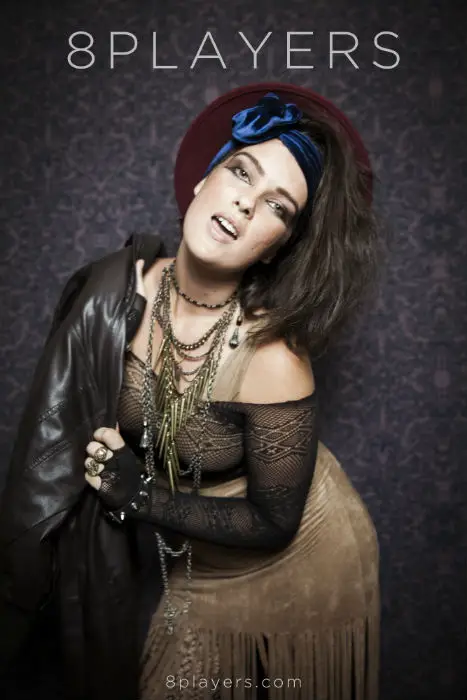
Can you tell us about 8Players? With thirty 8Players shows, what was the connective thread between them? What was their goal? Tell us about some of your favorites.
It ran pop-up 2013 to 2017 in L.A. and then NY after I moved back east. I created, wrote, directed, did the music for it, and produced it in venues all those years. I’m grateful it took off from the start amongst audiences – delightfully weird fringe and creative parts of L.A. – and strangers had immense fun with it. In the wings on-site, I watched ticket-buyers have a life-changing time, getting out of their skin. It made me go “holy shit, wow, this could work,” and I kept going. It ran underground in East L.A. before getting commissions for house parties.
I was inspired by ’80s DIY group role-playing mechanics. It needed a reboot. I can’t spoil much but the run of show is essentially: sign up for this social experience alone or with one friend; receive a movie-inspired role in a self-aware, R-rated pastiche of a plot; arrive costumed at a street corner; get inducted; over a series of rooms and in intense atmosphere, “star in” this “live movie” facilitated by performers; and exit with new best friends and lovers. Some 8Players shows run for one night only as a commission. Some run for several years in recurring venues based on demand. Their goal is to bring like-minded people together. I’m obsessed with fostering community. That’s where people grow. That’s where people get over and surprise themselves. 8Players may be coming back shortly, so I’m mum on the thirty plots I wrote… but whether your favorite movie is Scream or Suspiria or Fatal Attraction: You’ll fall into that world and be completely active.
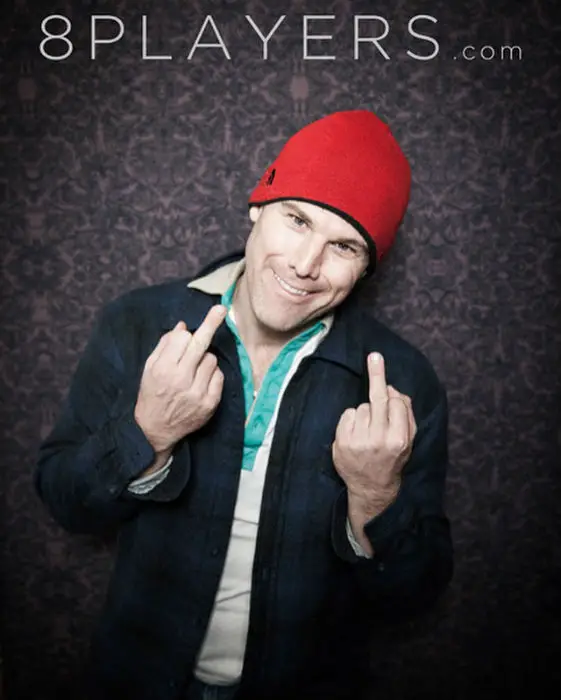
From 2013 to 2017, you worked on numerous brand activations and immersive marketing experiences for companies such as TBS, Grindr, Jagermeister, and Nokia. How did you transition from an immersive creator producing your own work to making experiential content for established companies? Did this change your outlook on immersive theater and the capabilities of the medium? Please tell us stories.
Most came through 8Players. Brands were reaching out – their reps were attending 8Players; word spread from some stunning coverage in the New York Times, Time Out, Village Voice, Out, Indiewire – so, for example, I was asked to develop an 8Players-type show for a Search Party (TBS) premiere. I was asked to create a sleepover-style concept for Grindr. Jagermeister wanted my mind on an idea. Segueing into branded convos came naturally. At the end of the day, brands want to create an unforgettable experience for their loyal customers, something filled with passion and a creative thread, and it’s a fun pleasure to massage what I’m doing into that.
A light bulb went off in my head – this was right after Sleep No More 2011 and before Museum of Ice Cream – that we were entering a very commercial, flexible period for immersive. Established companies now speak experiential and execute at high quality.

In 2018, you co-produced and co-wrote the experiential activation Lab Rat, a performance art album launch event for A$AP Rocky, live-streamed on YouTube to over 1M viewers. How did you get involved in this? How did this level of visibility change the path of your career?
Yes, this was when I was at Remarkable. A producer of Sleep No More asked me to write, direct, and produce new theater experiences and experiential activations with him under a new company, and I said yes. To be clear, I never worked on Sleep No More. He and I started talking years after SNM was a hit, in like 2015 or 2016. I think there was demand after its success from new potential collaborators, and so I helped with that bandwidth, specifically through Remarkable. While there, A$AP Rocky’s album launch came across my slate and I worked on it with other core team members. I brought in Broadway’s SFX team from Harry Potter and Frozen plus Erin Markey’s show’s director. My time at Remarkable taught me an immense more about producing. I’m grateful for the opportunity. Proud of the work I did: one-night-only activations like Rocky and longer shows like a 4-month-running experiential play I wrote and directed and choreographed at Lincoln Center. My favorite part of all shows and events are the actors, so to get to cast 8Players actors at a higher level was vvvery beautiful.
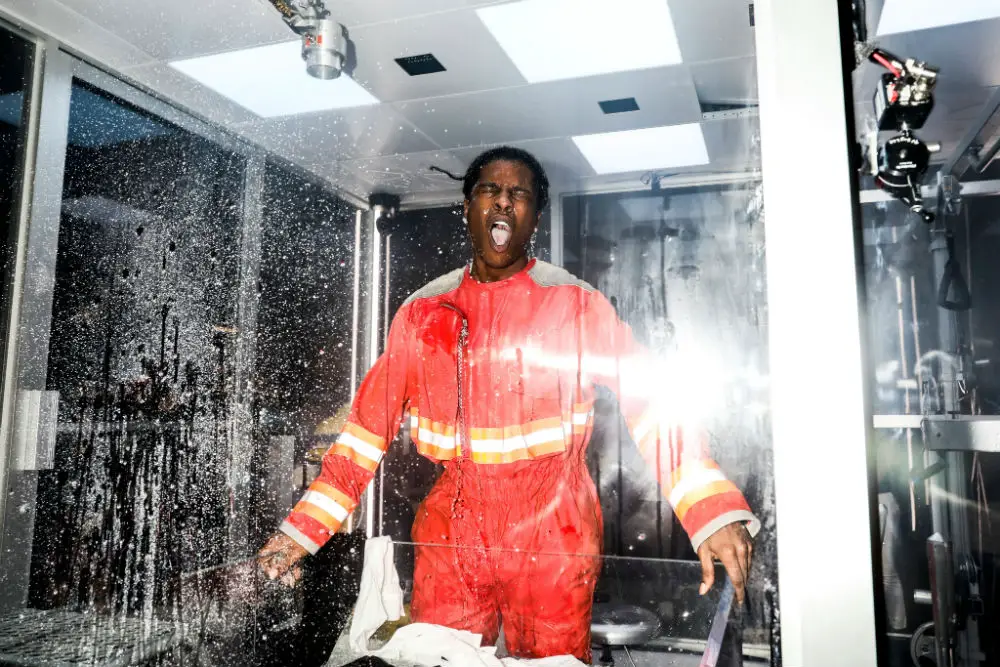
In 2019, you were the writer and director of the Adobe experiential marketing activation for Giant Spoon, which was voted Ad Age’s Best Experiential Marketing of 2019, as well as working on four experiences for San Diego Comic-Con 2019. These experiences consisted of vastly different styles, ranging from sandbox with one-on-ones (Carnival Row), to multi-track (The Expanse), to puzzle-oriented (The Boys). What did you learn at these experiences? What unique challenges presented themselves at an experience with thousands of participants entering daily?
Yes, I left full-time, and I’m now freelancing. Upon going indie as a writer, producer, and director I dove into the IP-based world. It’s a dream to have worked to the point where I can bring movies and TV to life for attendees, engrossing audiences in a physical world of their favorite show. I’m also grateful to have said yes to the fast track so I could do that before I hit thirty.
Activations are incredibly valuable. Press they get and social media attention they attract save millions on marketing costs for film/TV studios. Additionally, when events take on the mindset of longer-running theater and are ticketed or commercial: That’s a new stream of revenue for the studio.
That Adobe ‘90s activation for Giant Spoon was nothing but a blast. We turned Clueless and Bill & Ted into an intensely comedic walk-through world. I did that at Vegas’s Adobe Summit. The Carnival Row immersive experience horror-drama activation at San Diego Comic-Con, The Expanse action activation at Comic-Con, The Boys comedic activation at Comic-Con, and the Tower [a mashup of several Amazon Prime series] at Comic-Con – all of these that I worked on were non-ticketed but they were definitely an experiment in varieties. All these different styles go up at a convention, and they each draw hours of lines; not one style was preferred by guests.
The challenge with thousands of guests entering daily, though, is you need a tight ship of cast, crew, and stage managers. Comparably, for the Adobe one, I did many theater elements myself, but Amazon was a bigger pull. I found the large ensemble cast for this (think it was about 40), pulling from L.A.’s best immersive performers and a lot of seriously fun talent in S.D. But my theater producer KJ Knies, a lifesaver in many ways, helped me bring in some of S.D. and L.A.’s best stage managers for this type of work: Abby Viton, Alyssa Swann, Sammy Bauman-Martin, and Mandisa Reed. Hire them!
You also need to be kind. I was dealing with a crew of what felt like 200, but learned I’m excellent at helping a mass number of people stay positive. I was told by an executive producer that she could see how much pressure this all was, admittedly having never done theater activations at this scale, and she commended me for staying sane and strong amidst the insanity. That was kind of her to mention and helped me get to the finish line.

There’s a lot of creators looking to transition from small-form immersive and experiential work to large-scale activations and marketing experiences. What advice do you have for them?
Research the experiential marketing agencies operating in your city. Look at what they’ve done (portfolios are rampant), and ask yourself, “Can I legitimately achieve an event of that scale?” Work hard on your own small-form experiential show to convey scalability. Find an organic way to meet with the agency and present your work. Be fully honest, calm, and clear when doing so. If you’re right for it, you’ll get it.
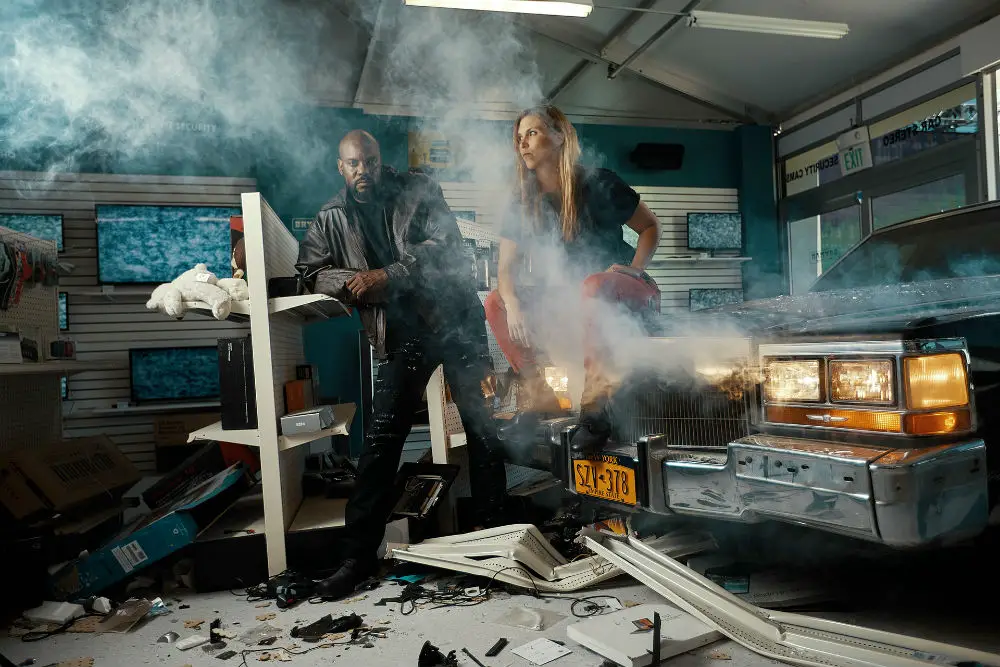
Immersive entertainment is about connection, intimacy, and creating an experience that stays with you long after you leave. How do you create this intimacy in your experiences? How do you ensure people do not forget your work?
I infuse it with happiness and kind of a demented glee. When I’m left completely to my own devices and fully get to create original ideas, I fall between Patricia Highsmith and John Waters. I love a Punchdrunk-level of Lynchian stomach-churning atmosphere… but even more so, I love an insane, satirical, low-brow, camp narrative. Imagine the cast of Pink Flamingos acting out Carol. Imagine Phoebe-Waller Bridge playing every role in a one-woman-show of the musical Oliver.
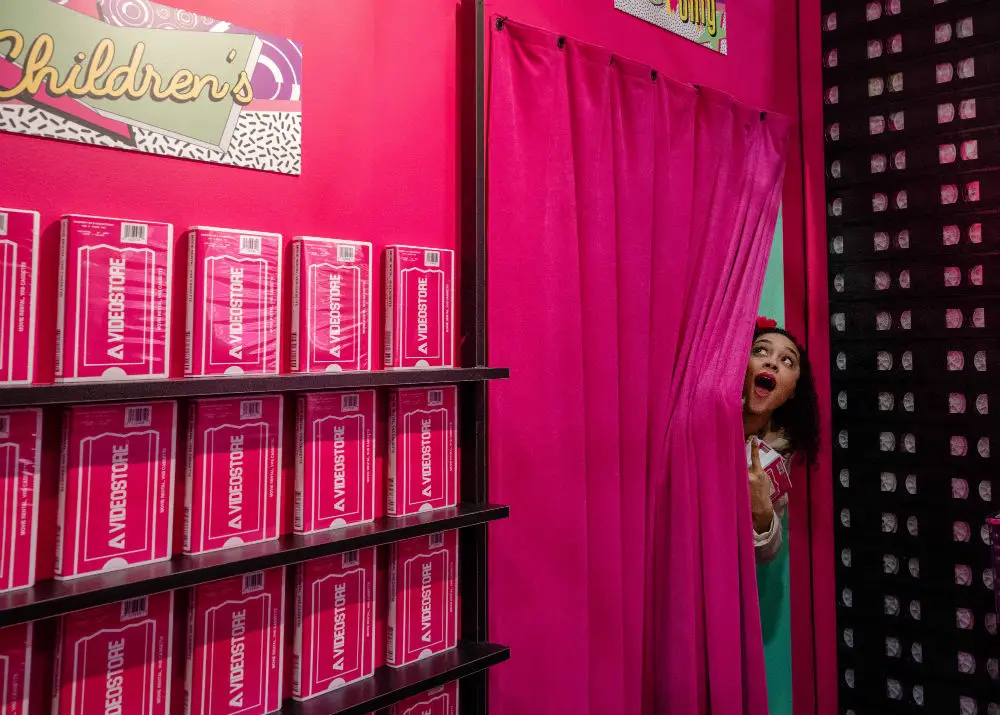
As you continue to work with established brands and marketing agencies, how much control and agency do you have to incorporate your own ideas, stories, and dreams in their work? Are some agencies more managed than others? Is there anything you look for specifically when accepting a new brand deal?
I look at the people: my incoming coworkers. I hope for hardworking, kindhearted human beings who have at least a desire to push the limits of activations that have been done before. I’ve found a lot of experiential marketing agencies and brands that embody that spirit, fortunately. I’m still enjoying being independent and I won’t play favorites, but I’ve been thrilled by Giant Spoon. Friends have worked with them. I’ve worked with them. They attracted my attention quickly, they’re warm and wise, and we’re becoming close collaborators.

What is the biggest challenge you’ve faced in an immersive project, and how did you implement changes to future work to ensure it doesn’t happen again?
The biggest challenge for me on one immersive project was working under poor leadership. Someone in power was abusive: publicly bullying his crew, making homophobic remarks about our client, telling women they “think that way because they are a woman.” I had to work around that negativity. Shield my actors from that mess, keep the actors delighted. And try, still, to make the highest quality event. In terms of ensuring it doesn’t happen again, I’ll ask more questions before I come aboard a new team.

With so much marketing work under your belt, do you have plans to tell your own stories in the future or does your current work scratch that itch? How would your work on large-scale projects influence how you approach small-form immersive theater?
Aside from those whisperings of 8Players possibly returning in a new way… I keep creating original concepts. I’m kind of an idea factory whether I want it or not. These large-scale experiential marketing brand activations I’ve been on as writer, director, and/or producer have made my mind tighter – especially for future small shows.
I’m loving the theater shows that others bring to me to scale as producer. New creators and I meet them constantly in NY. They’re makings things I’m delighted by, and I want to make sure these shows find their audience. It’s an instinct. I’m open to people talking with me about what they’d love to do with their shows. Email me! If it’s freezing when we meet, know that we will be getting hot chocolate.
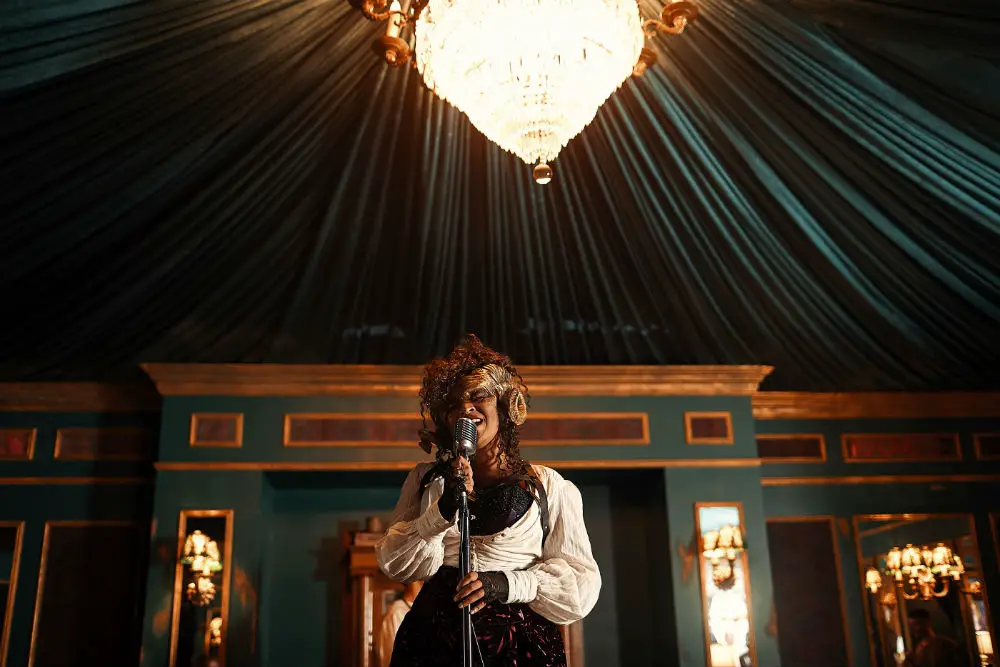
You were recently named one of Forbes’ 30 Under 30 for marketing; congratulations! So, being a Forbes’ 30 Under 30, what do you hope to accomplish in your next ten years? Where do you see yourself in the future?
Thank you. I’m grateful for the platform: I think this can help “immersive” and “experiential” get more visibility, bring the phrases further into investors’ lexicon so more creators find a home.
I’m working on several activations in different stages, and I have on my slate several large-scale standalone, ticketed, Sleep No More-sized theater experiences based on film studios’ IP. Executives share my thirst. My role on these is producer and writer and/or director if I feel I’m a fit content-wise; in many areas I’ll be pulling others in. I can’t wait to include so many immersive theater creators and experiential creatives from our community to work on these. So many creators are doing amazingly inventive work, and they’ve expressed wanting to do it on a more economically sustainable scale. I feel lucky to be in a position to give them more work.
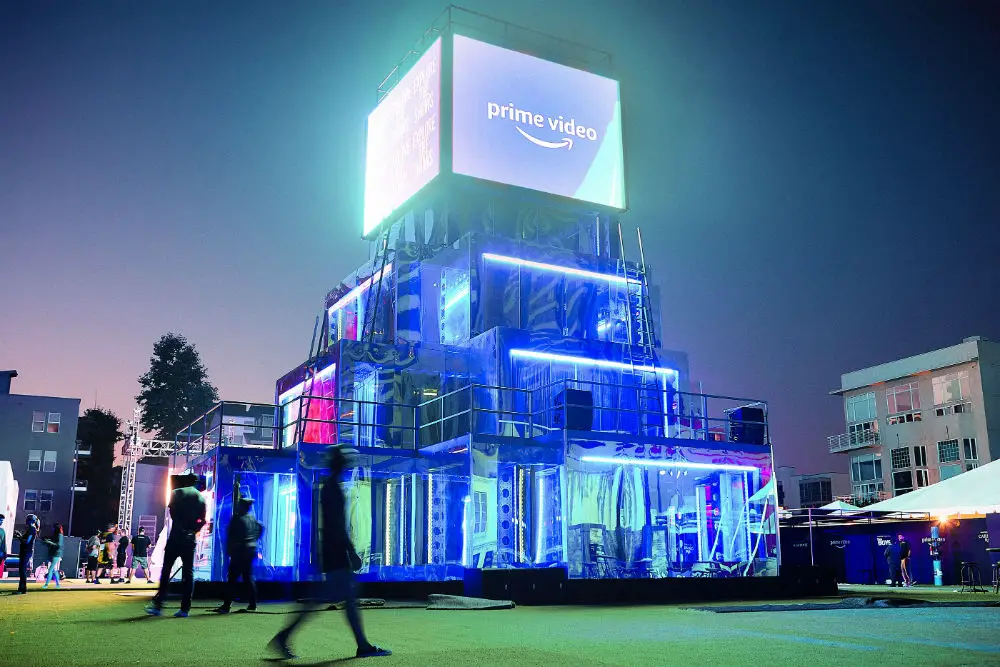
What is the number one advice you have for up-and-coming immersive creators?
Vet your partners. I was defrauded by one on a project. “Tim” was 50, single, a creator of a show from 20 years ago. Project starts, and he begins criticizing my role: He “didn’t like my style,” without specifics. I was confused. I asked around, seeing if the crew was happy with my work – and they were. Tim alone was stirring the pot. Next, he made sure to become close with a superior, and he stopped talking to me entirely. The superior suddenly also told me he “didn’t like my style,” without specifics (!). In the final 2 weeks, that exact superior bumped up Tim to assist my role. After it ended, Tim plastered his website and LinkedIn with my work, crediting me nowhere. He hasn’t reached out. These people exist. Be careful.
Worst of all, he made dick jokes in front of an actress in final rehearsals. I made sure to ask her after if she was OK. He got another gig recently (using my work), and yet another actress just DMed me to say she felt uncomfortable on it. So, I finally dug deep, and I found out: Tim was in a lawsuit in 2006 for hurting a minor in his show.
I’ve now had to warn the appropriate people in immersive, in film, and in TV about Tim. Producers have since told me he’s reached out to them for work, and they are ignoring him. Gatekeepers now realize a #MeToo-friendly personality makes for a quality event and a happy crew. I’m interested in helping creators in their 20s and 30s feel protected that their credit won’t get stolen and spot dangerous behavior. I want them to feel safe.
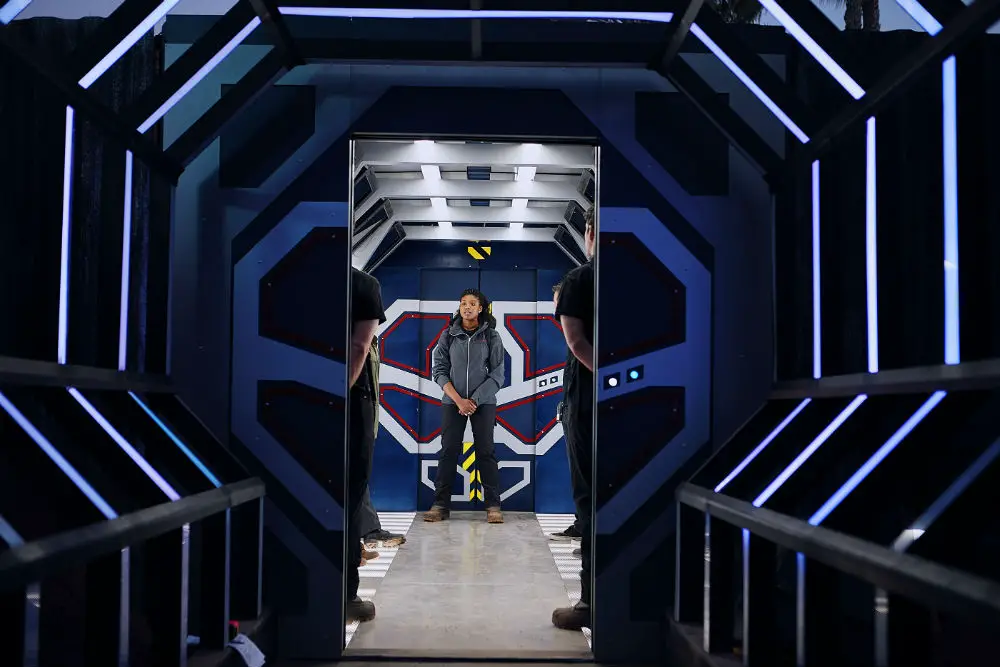
How do you see the storytelling/immersive landscape changing over the next ten years? What are the most exciting developments that you see becoming available?
Mass parks. We have American Dream by the Meadowlands, NJ, coming and Modelland in Santa Monica, CA, and expansions on Disney’s Star Wars lands. Standalone ticketed theater shows will be side by side with themed restaurants and Instagram museums. All of these immersive experiences will be under one roof inside one interconnected destination, and we will see over the next ten years several of these destinations popping up in each country.
Augmented reality excites me. I dipped a toe into writing for VR and AR with a climate change-themed experience I wrote for Yago De Quay and Nokia’s Bell Labs and the New Museum’s New Inc, and I’m hungry to do more. Companies should raise their voice if they’re looking to branch into AR more. I’ve seen immense popularity in the adventures created by Niantic.
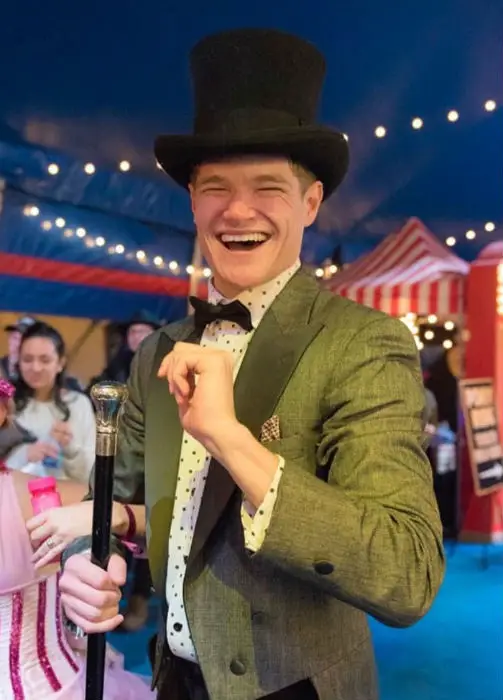
Finally, what do you hope your audiences walk away from your experiences with?
Being connected to other audience members in an unforgettable way. The friends I’ve made in the experiential community… Kind creatives whose work I love like Jae Lee, Yvonne Chang, Nate Koch, Alana McInnes, Kristjan Thor, Melinda Lauw, Jeff Stark, many more… The moment you realize that there are people out there who think like you do, you just want to engage in activities and keep on talking. It’s wonderful. I think 8Players gifts that same quick fun feeling to crowds. You connect with strangers inside your and their favorite insane story brought to life. That unique joy can strengthen friendships and create new ones. So, I hope audiences walk away with a shared joy.
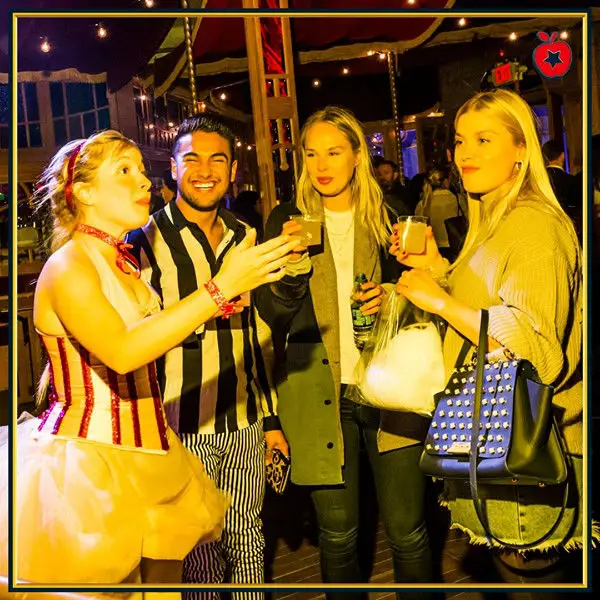
Find out more about 8Players on their website.

